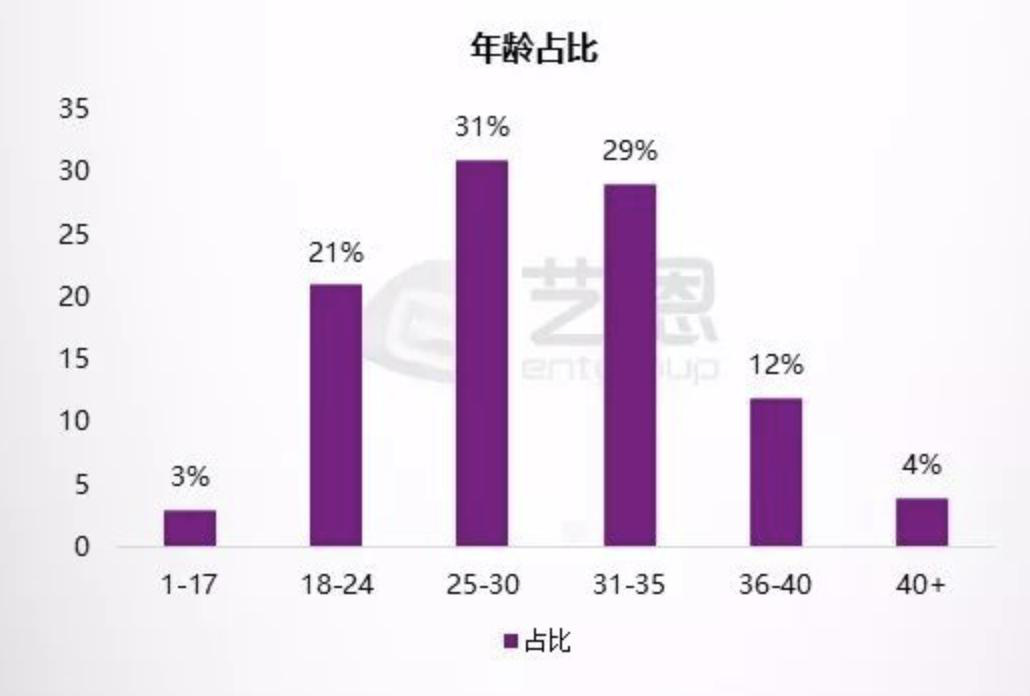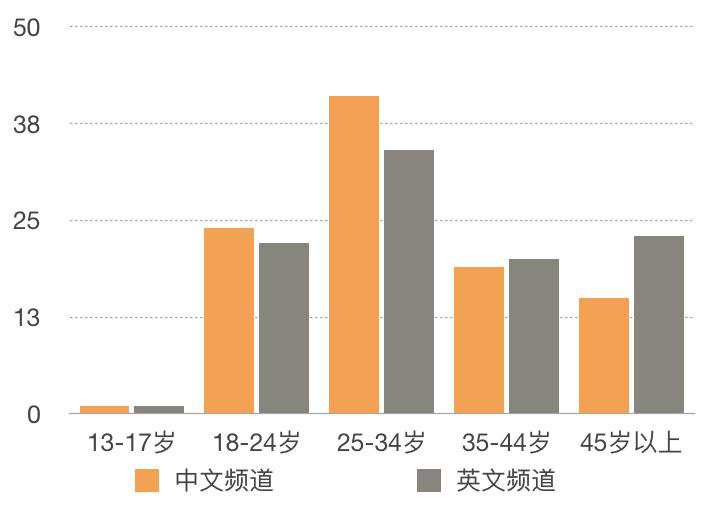
Graphic EditorShu Zi Ai Sharing
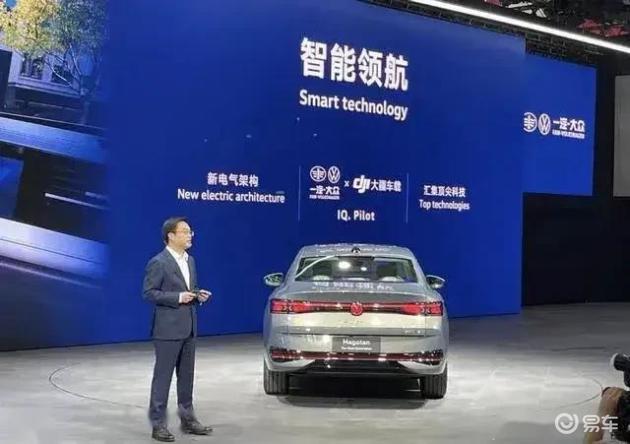
On April 25, 2024, at 2024, the brand new product made its official debut.
It is a mid-sized sedan under its banner. The "Mai" in its name means confidence, decisiveness and dynamism, and "Teng" means take-off, transcendence and passion.
Volkswagen Maiteng’s total sales have exceeded 2 million units, and it has always been one of the best-selling in China.
Let’s take a look at the new Maiteng configuration data!
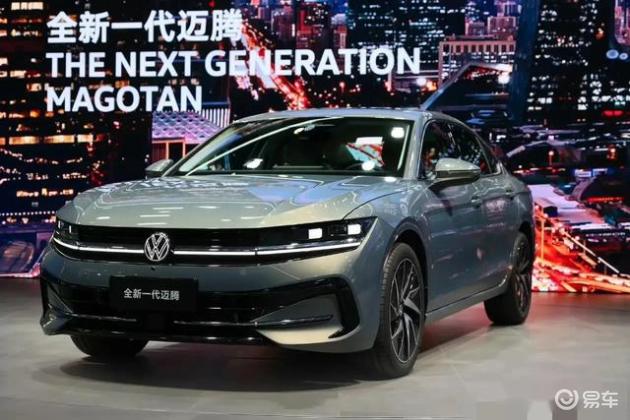
The new generation of Maiteng has adopted a new design style in appearance, presenting a youthful and fashionable new look, which is more likely to be recognized and loved by consumers.
Body color:The new generation of Maiteng offers a variety of body colors for consumers to choose from, including white, legendary black, Caesar gold, enamel blue, bamboo gray, blackberry purple, etc. Each color has a unique style and characteristics to meet the individual needs of different consumers.
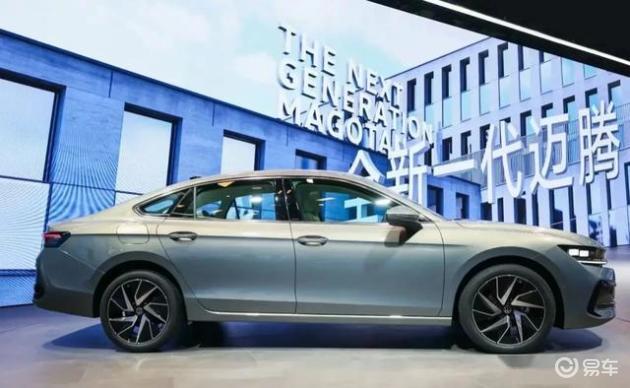
Body size:The new generation of Maiteng body structure accounts for 81%, and thermoformed steel accounts for 28%, ensuring the long-term use interests and safety of users. The body size has been fully lengthened, with a length of 4990mm, a width of 1854mm, a height of 1487mm, and a wheelbase of 2871mm.
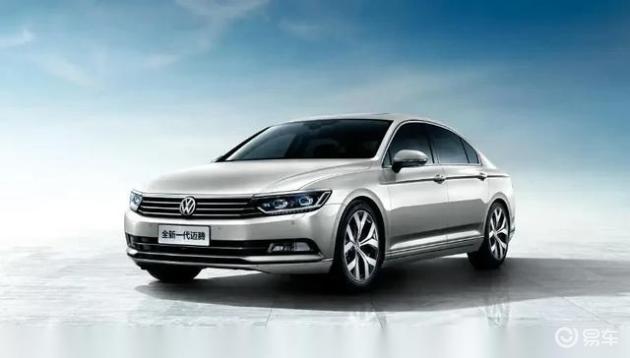
Front face design:The new generation of Maiteng front face adopts a blackened middle net design, and the front grille and lower grille are embellished with blackened trims to enhance the movement of the front face. The through-type trim of the front grille is integrated, and the front grille and headlight group adopt a fusion design. With the luminous VW logo and LED light strip, the front face appears wider, and the sense of technology and recognition are significantly improved.
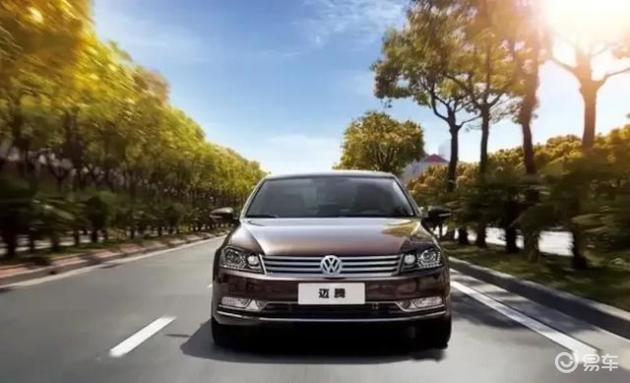
Body Side:The side ratio of the new generation Maiteng body has been slightly adjusted, and the entire surface has been redesigned. The classic design of the corner of the rear window has been changed to the mainstream triangular window shape, which makes the overall appearance more harmonious and looks very robust and compact.
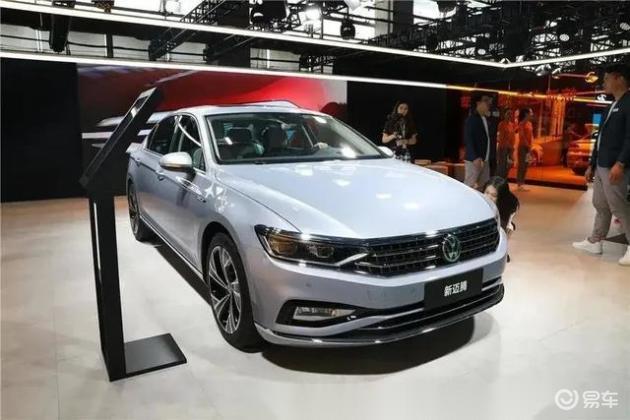
Rear part:The new generation of Maiteng rear part adopts the popular through-type LED tail lights and luminous tail labels. The internal light group is very recognizable. Like the front face, the Volkswagen brand LOGO can also be lit. The rear surround is embellished with blackened trims, and a through-type width indicator light is also integrated to enhance the sense of movement at the rear of the car. The visual effect is exquisite
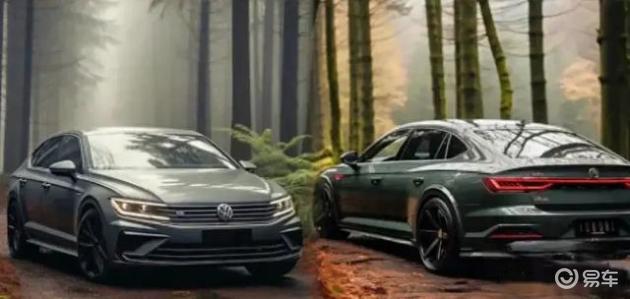
The interior design of the new generation of Maiteng continues the style of the overseas version, and the interior configuration is significant in terms of technology, comfort and practicality, which can bring users a better driving experience.
Seat design:The surface material of the new generation of Maiteng seats is NAPPA leather, which is soft, comfortable and wear-resistant. The interior of the seat is also filled with high-quality memory cotton, which provides good support and comfort. The wrapping and waist support of the seat have also been improved, so that you will not feel tired after driving for a long time.
The front seats are equipped with multi-directional electric adjustment and memory functions, making it convenient for drivers and passengers to find the best sitting position.
The rear seats are spacious, providing enough leg and head room for passengers to ride comfortably. Some models are also equipped with rear seat heating to provide passengers with a more comfortable experience.
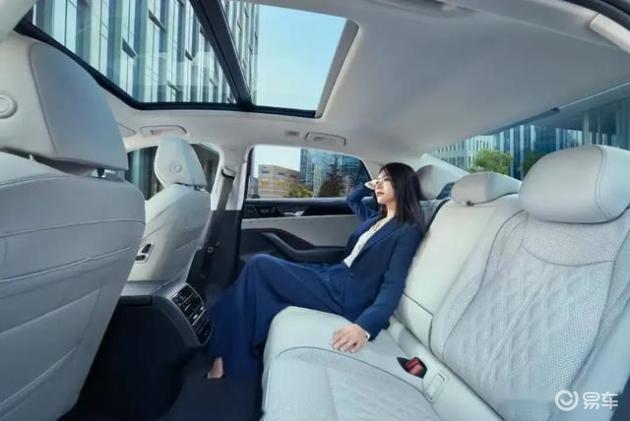
Steering wheel:The new generation of Maiteng’s steering wheel features a three-frame design, featuring a simple and elegant design and a comfortable feel.
The steering wheel integrates multiple function buttons, including volume adjustment, track switching, phone answering, cruise control, etc., making it convenient for the driver to operate during driving.
It is also equipped with a heating function to provide drivers with a more comfortable driving experience in cold weather.
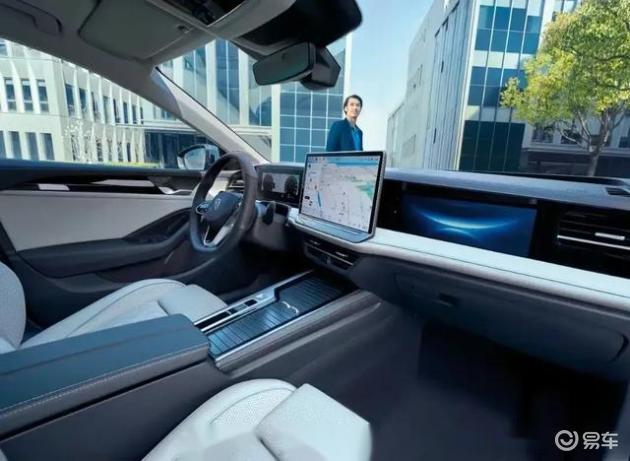
Center Console:The new generation of Maiteng center console design is simple and elegant, using a lot of soft materials and piano paint decoration to enhance the texture of the interior. The center console is equipped with a 9.2-inch touch screen, which integrates functions such as entertainment, navigation, air conditioning, etc., which is simple and intuitive to operate. It is also equipped with some physical buttons, which are convenient for drivers to operate during driving.
A new entertainment screen is added in front of the co-pilot. The central control panel only retains double-flashing physical buttons, and is equipped with 30-color ambient lights. A rotating pocket block is used to replace the traditional mechanical stop handle. The central armrest box is changed to a split design, and the interior is equipped with a sliding storage board and a 12V cigarette lighter power supply. Equipped with mobile phone wireless charging panel, charging interface, one-button start and electronic functions.
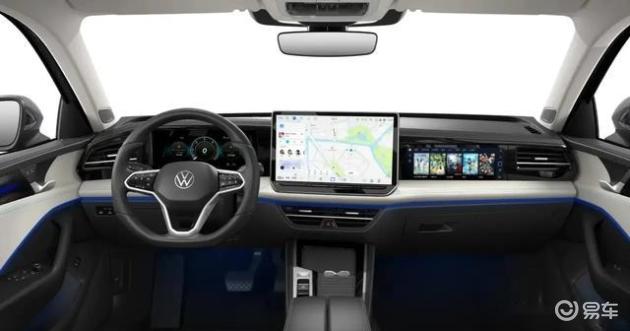
Other configurations:The new generation of Maiteng is equipped with intelligent car connection + IQ. Intelligent driving intelligence system, reaching L2 + level, integrating Travel Assist one-click intelligent driving assistance system, ACC 3.0 advanced adaptive cruise system, Lane Assist lane keeping assistance system, intelligent voice, intelligent navigation, intelligent entertainment, intelligent travel, intelligent control car five core functions, comprehensive coverage of automatic speech recognition, online navigation, in-car entertainment, remote control and other fields, can deal with jams, lane avoidance and other complex scenarios, so that driving becomes easier and safer.
It is also equipped with a panoramic sunroof that can be opened externally, a 14-speaker Harmanka stereo, and other equipment, which brings a brighter, more comfortable atmosphere and a shocking music experience to the car.
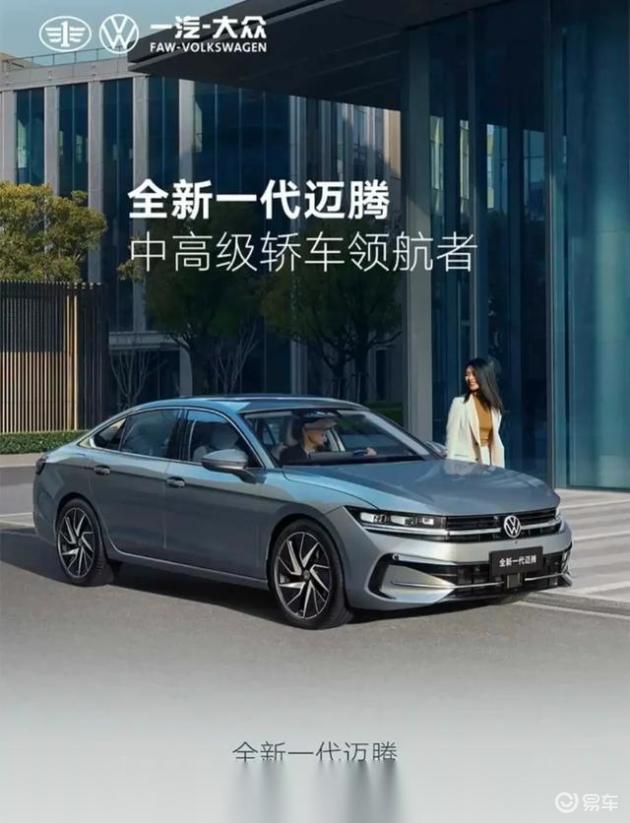
The new Maiteng launched a total of 9 models, pre-sale for 202,900 yuan to 328,900 yuan.
Power system:The new generation of Maiteng offers 1.5T and 2.0T for consumers to choose from. Among them, the maximum power of the 1.5T engine is 118 kW, and the maximum power of the 2.0T engine is 162 kW. In terms of transmission system, it is expected to match the 7-speed dry dual-clutch transmission and the 7-speed wet dual-clutch transmission. At high speed, Maiteng’s power performance is stable, the steering wheel is as stable as Mount Tai, and the driving experience is more comfortable.
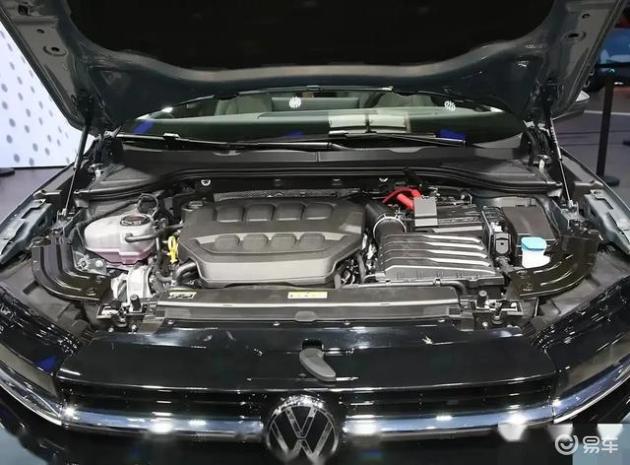
Fuel consumption performance:The new generation of Maiteng can provide sufficient power while also taking into account fuel economy. The specific fuel consumption of fuel vehicles will vary depending on factors such as model, power, and driving conditions. Generally speaking, the comprehensive fuel consumption of 1.5T models is about 6-7 liters/100 kilometers, and the comprehensive fuel consumption of 2.0T models is about 7-8 liters/100 kilometers. The actual fuel consumption is subject to the specific performance of the new car.
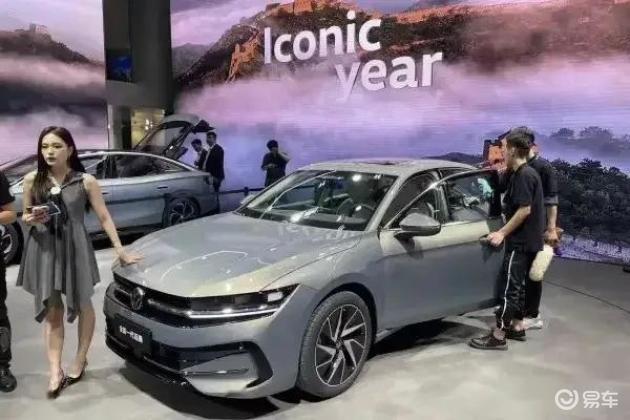
Security configuration:The new generation of Maiteng is equipped with automatic, front collision warning systems, lane departure warning systems, etc., which can effectively improve driving safety.
The passive safety system adopts a high-strength body structure design and is equipped with multiple airbags, including front double airbags, front side airbags, rear side airbags, and head air curtains, etc., to provide comprehensive protection for passengers in the vehicle in the event of a collision.
Driving assistance systems, such as reversing radar, can effectively improve driving convenience and safety.
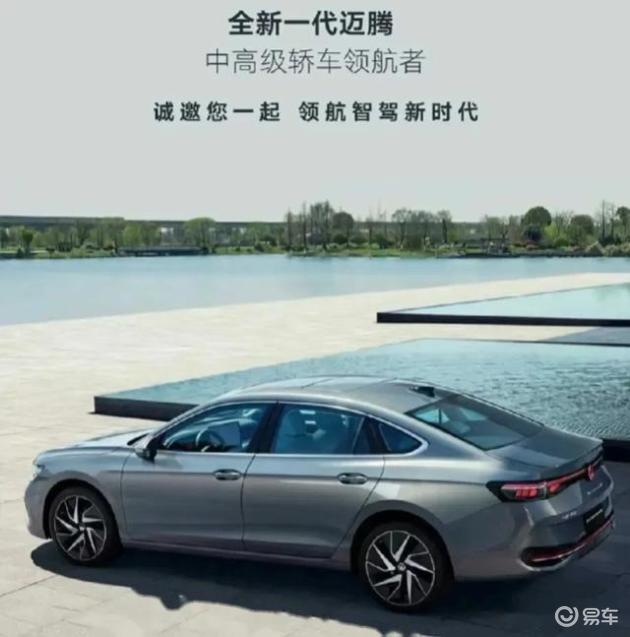
The new generation of Maiteng has been fully upgraded in terms of appearance, interior, and technological configuration, making it the favorite choice of many consumers.
On the road ahead, let’s ride with a new generation of Maiteng, whether it’s a challenge or not, it will walk with you to explore a new journey together.
If you are interested in the new generation of Maiteng, you can test drive the offline brick and mortar store (details are subject to the local dealership)!
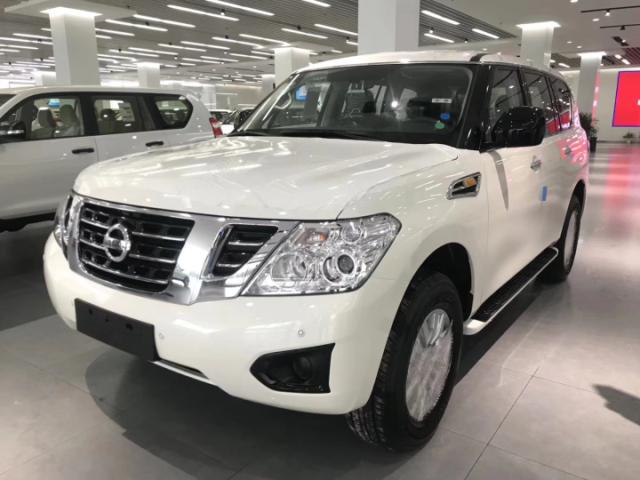
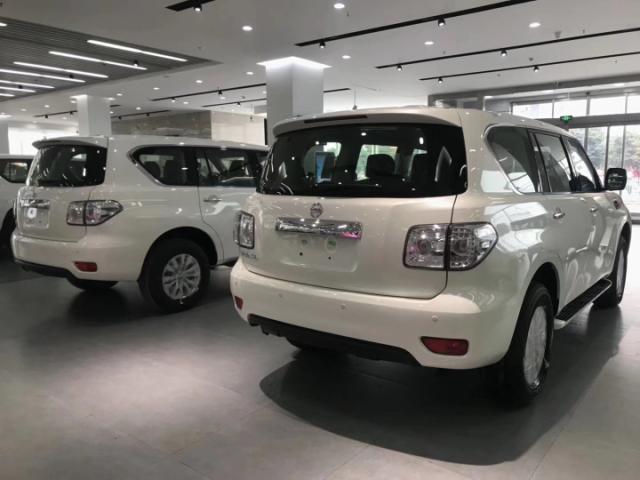




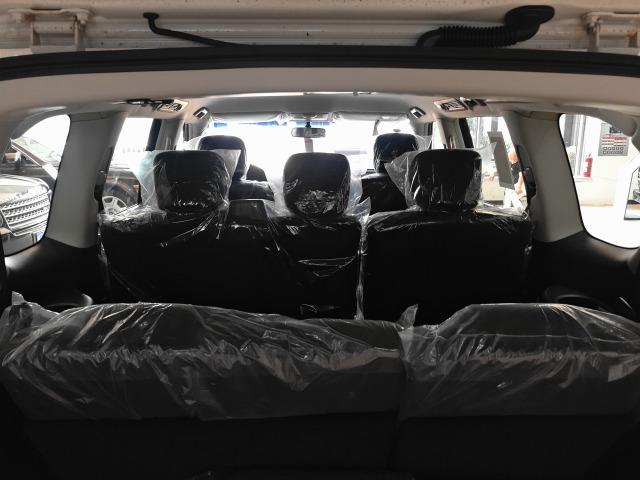
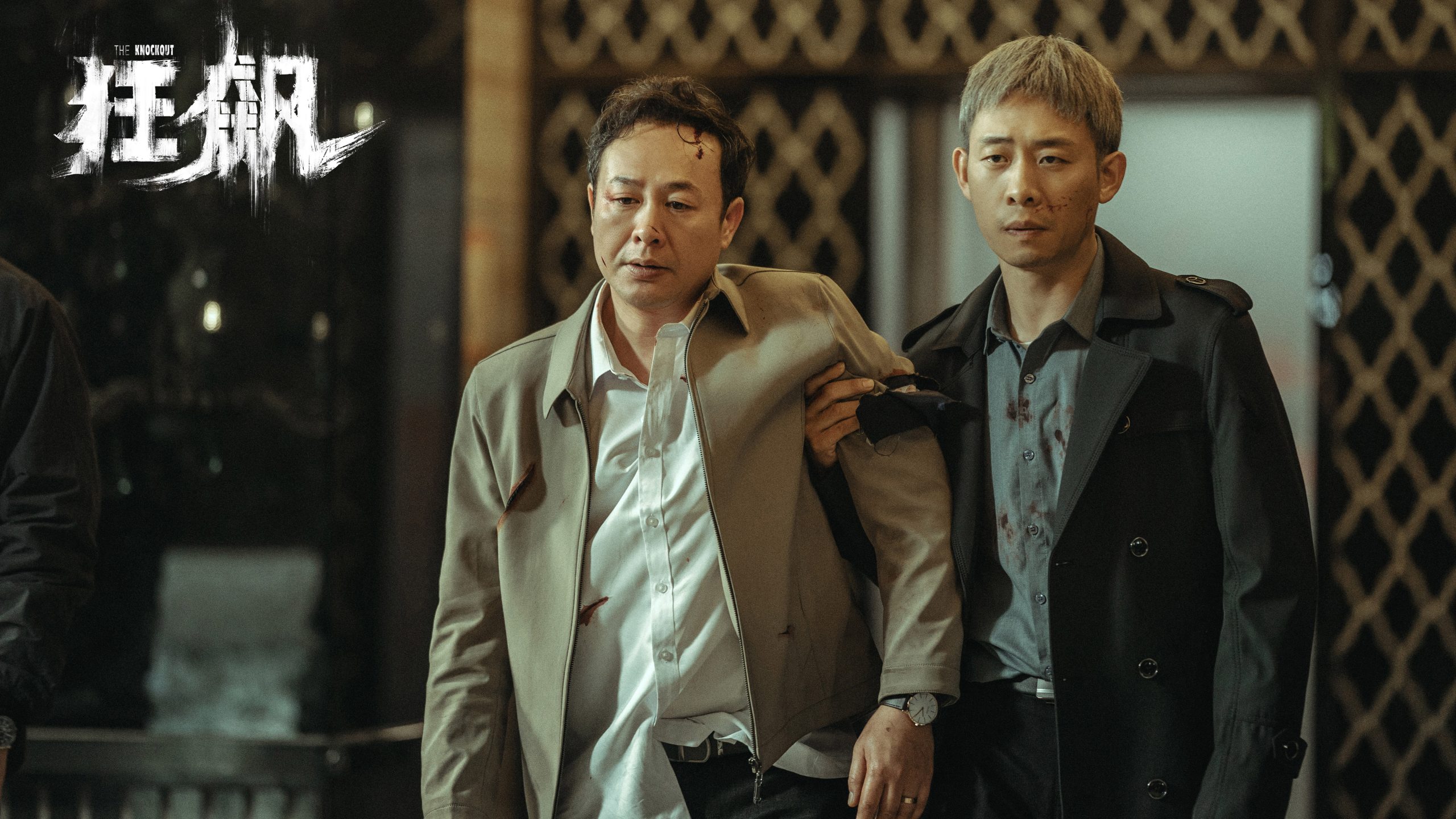

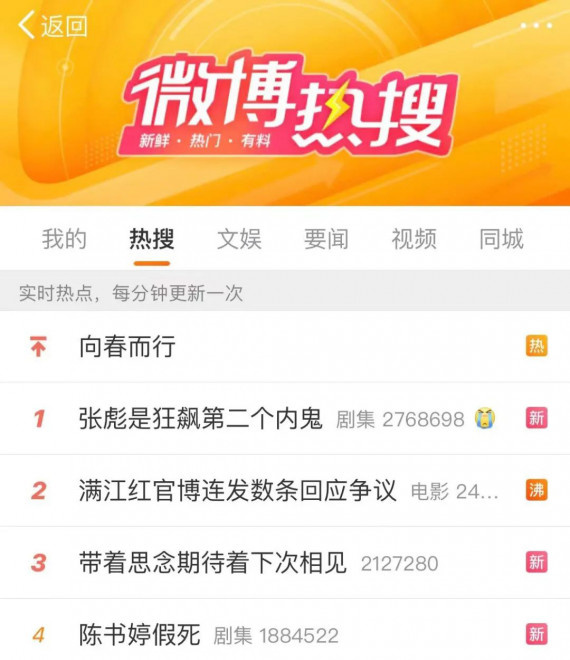
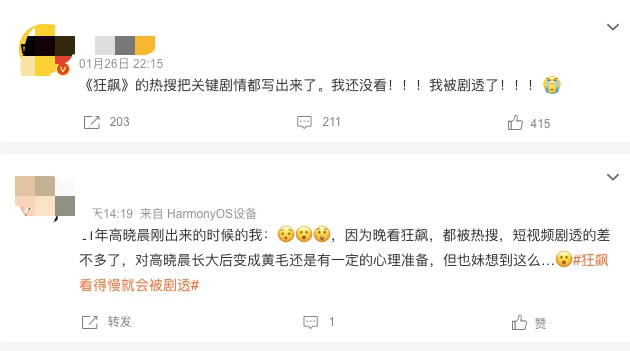

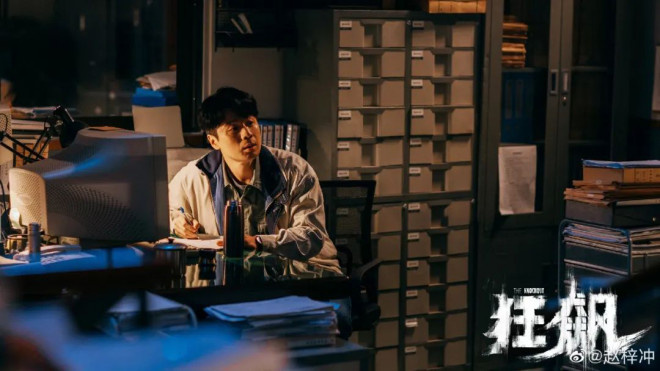

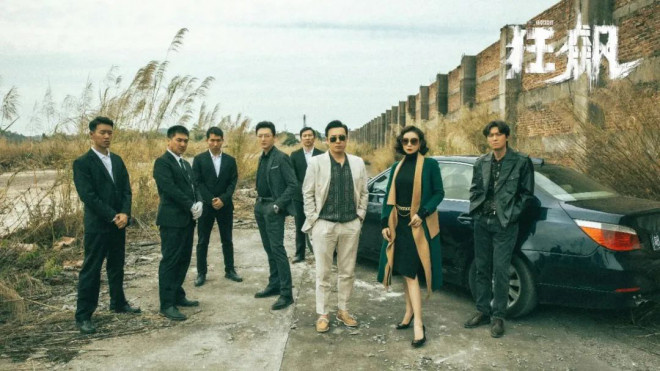



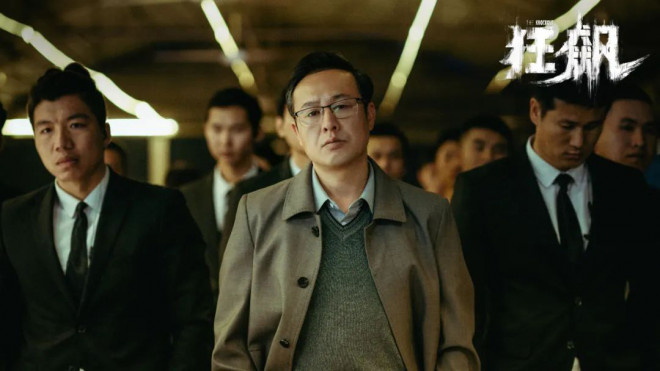
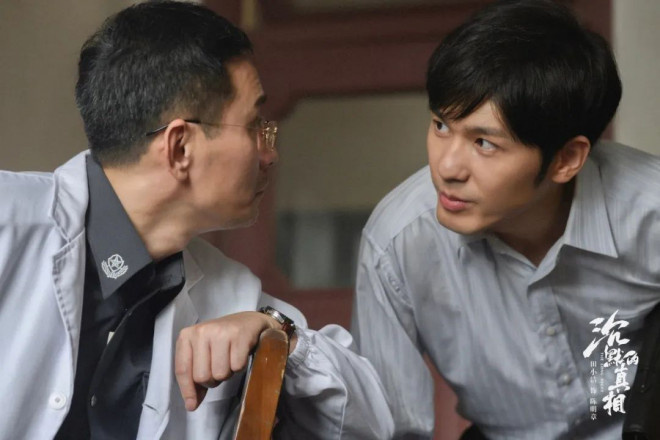


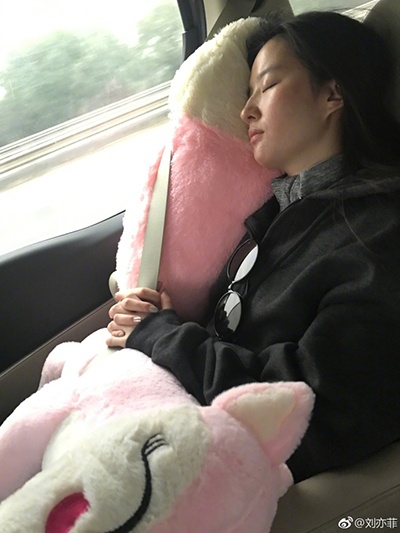
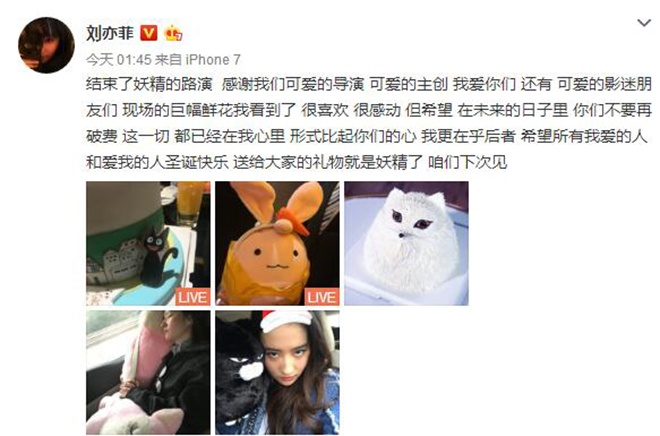




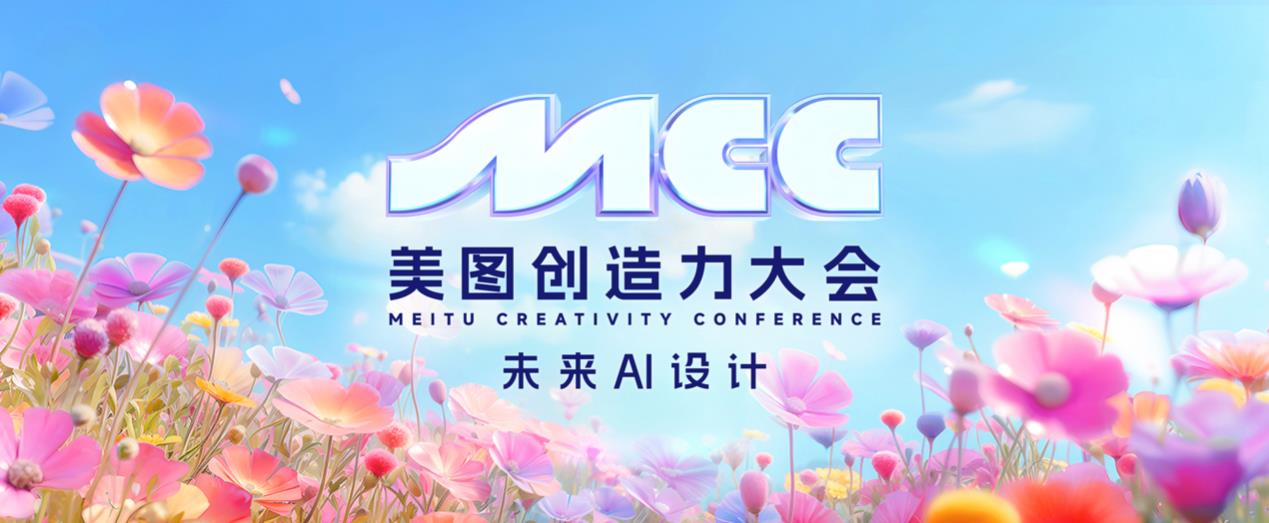
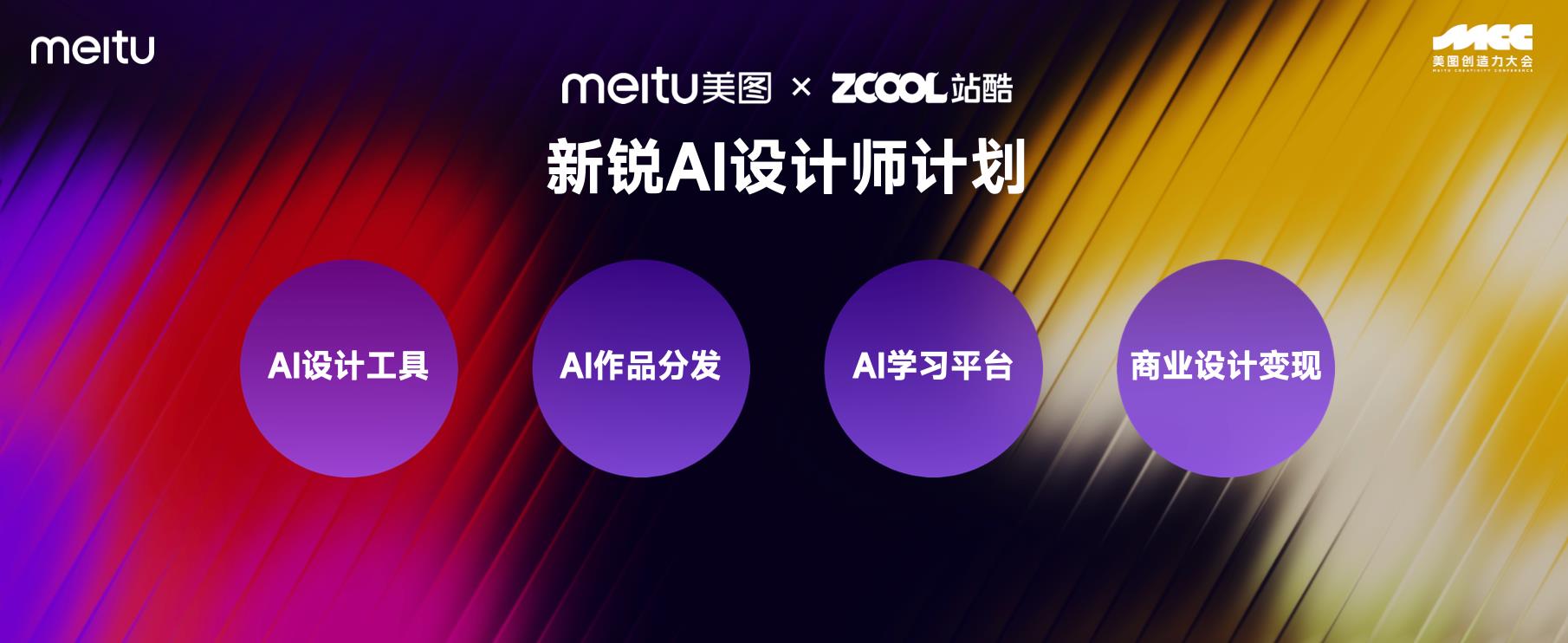


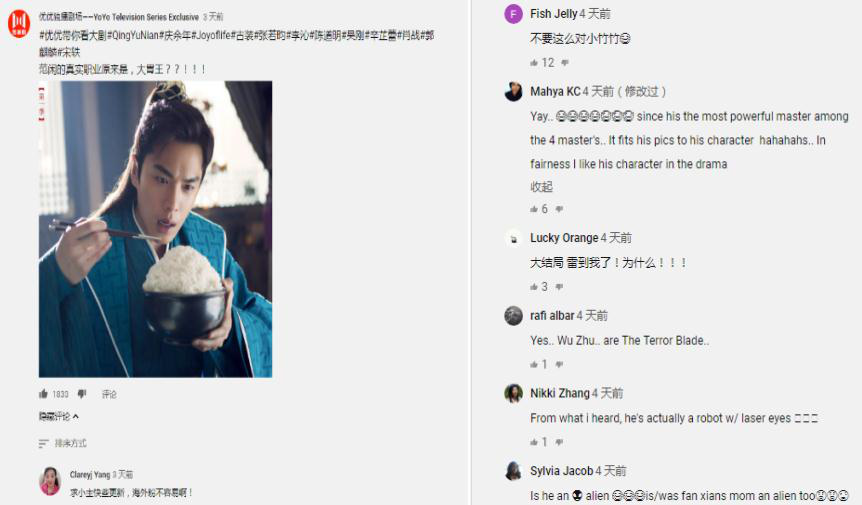

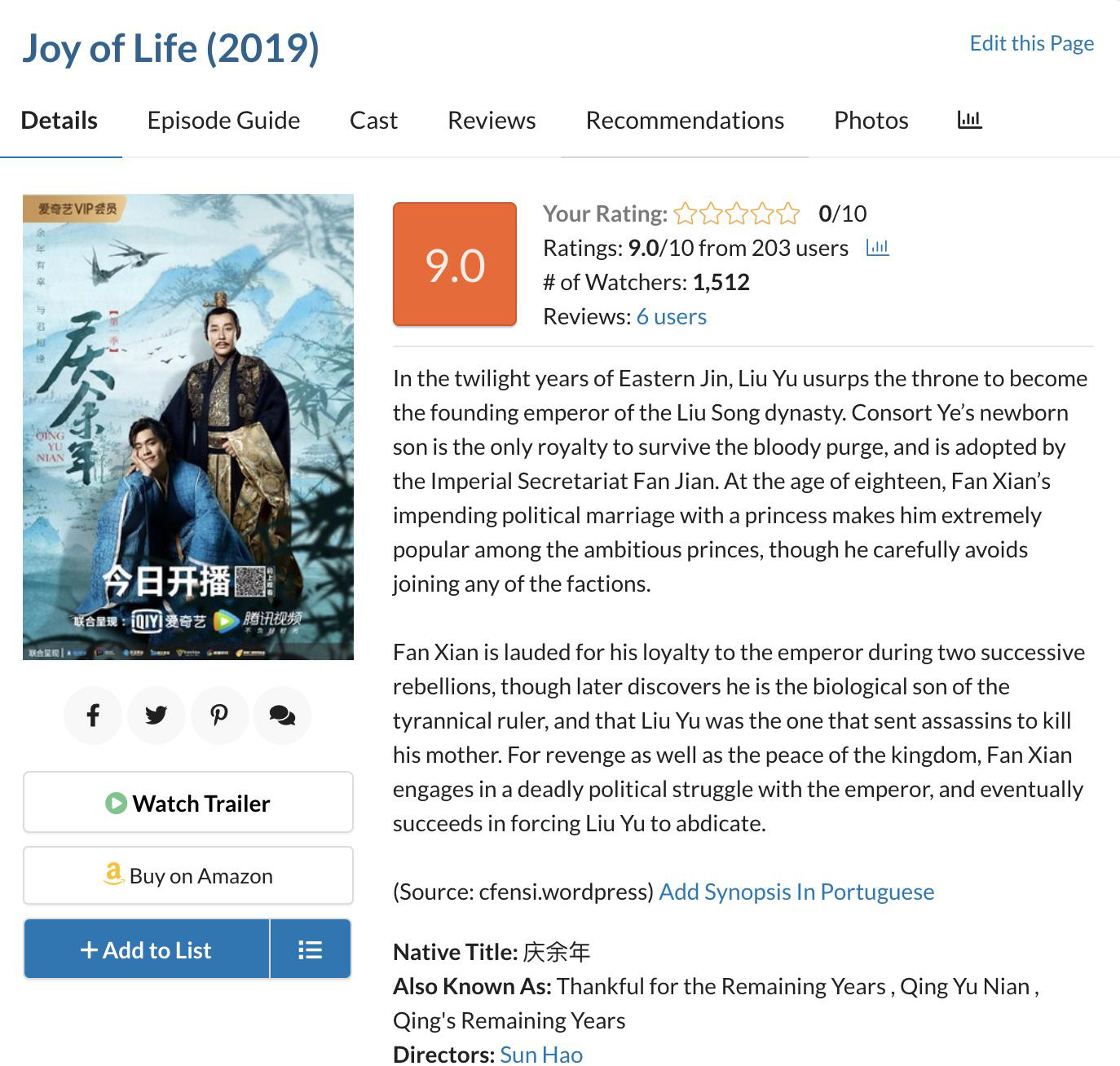 Mydramalist Rating
Mydramalist Rating